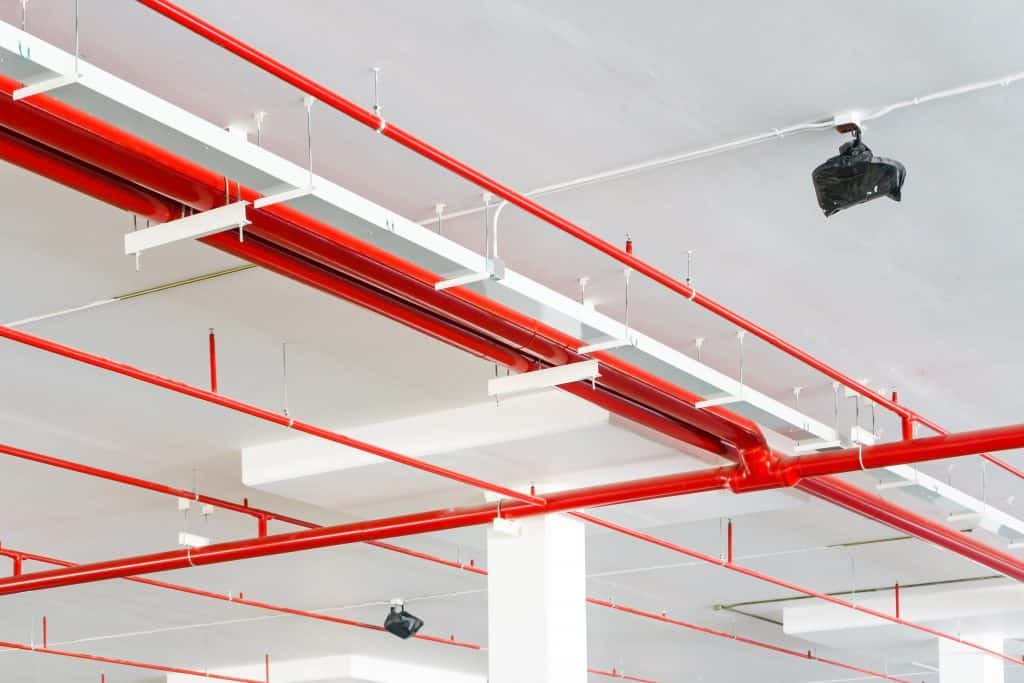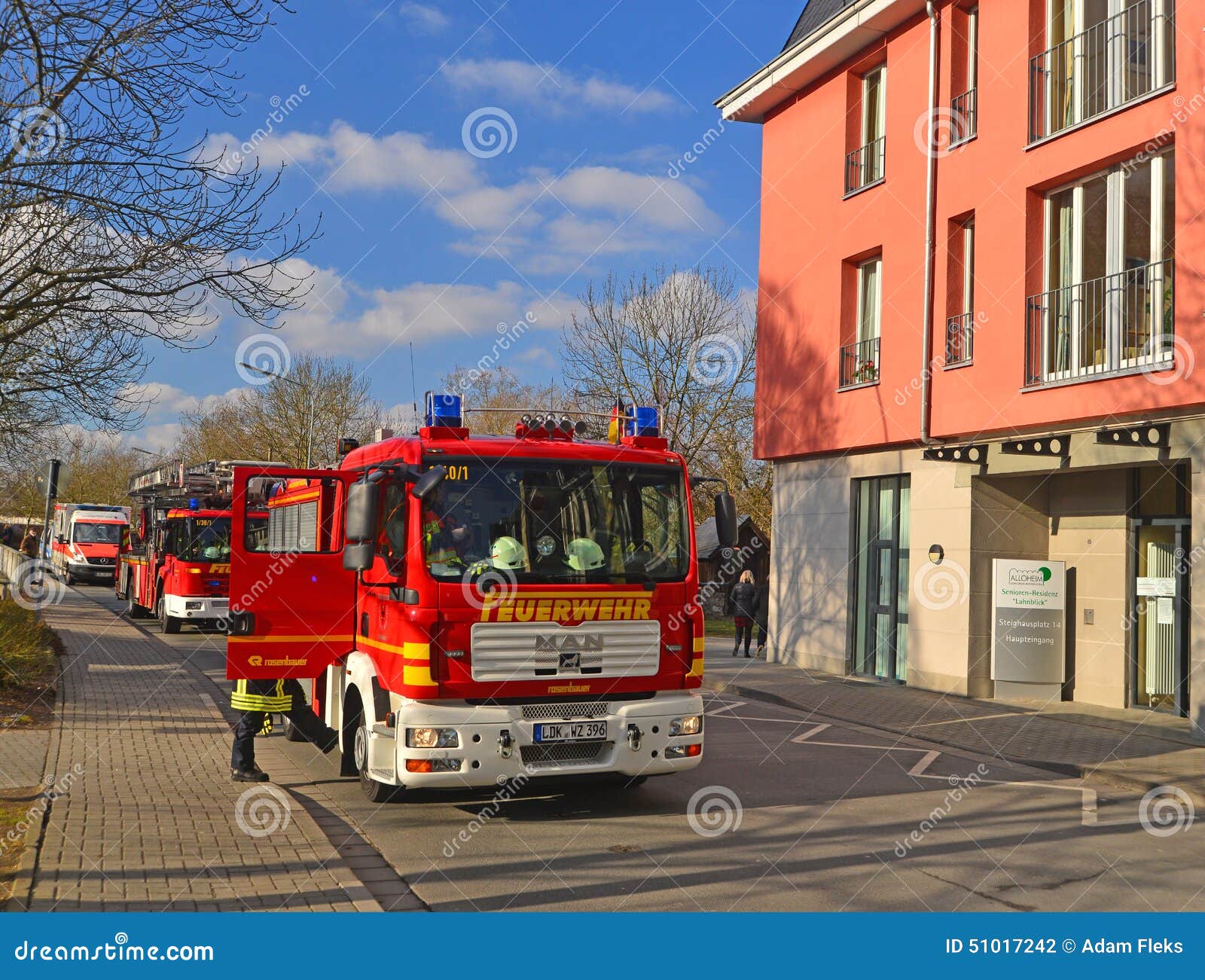Protecting people and property from fire hazards is vital to building safety. Merging automated systems with personal training is the most effective way to prevent fire disasters. Sprinkler systems and fire brigade training strengthen protection efforts to minimize fire impact.
Understanding How Sprinklers Work
Sprinkler systems are designed to respond to fires. These systems respond to high temperatures to control flames. Water dispersion units minimizes water waste, optimizing water use.

Main parts of fire safety networks include:
- Water release mechanisms: Activate to combat flames.
- Fire protection pipes: Support fire suppression operations.
- Fire suppression controllers: Provide manual override options.
- Primary water supplies: Maintain steady water pressure.
Quais são os tipos de chuveiro automático?
Why Fire Brigade Training is Essential
While sprinkler systems offer automatic protection, human preparedness enhances overall protection. Team training sessions train employees to act quickly and support automatic systems.

Primary aspects of team readiness drills include:
- Fire prevention strategies: Focusing on reducing fire risks.
- Evacuation planning: Improving exit coordination.
- Extinguisher training: Practicing fire suppression tactics.
- Group decision-making: Developing coordinated action plans.
sistema sprinkler
How Sprinkler Systems and Fire Brigade Training Work Together
Pairing sprinklers with emergency drills provides a multi-layered defense. As sprinklers act as the first line of defense, brigade members handle larger threats.

When working as a unit, these strategies limit damage in homes and apartments, commercial properties, and manufacturing plants alike.
Conclusion: Building a Safer Future
Modern sprinklers and readiness programs work together seamlessly. Using these complementary methods protects lives and property for critical situations.
Strengthen your fire response plan today by consulting fire suppression experts. Reliable tools and knowledgeable responders ensure safety!